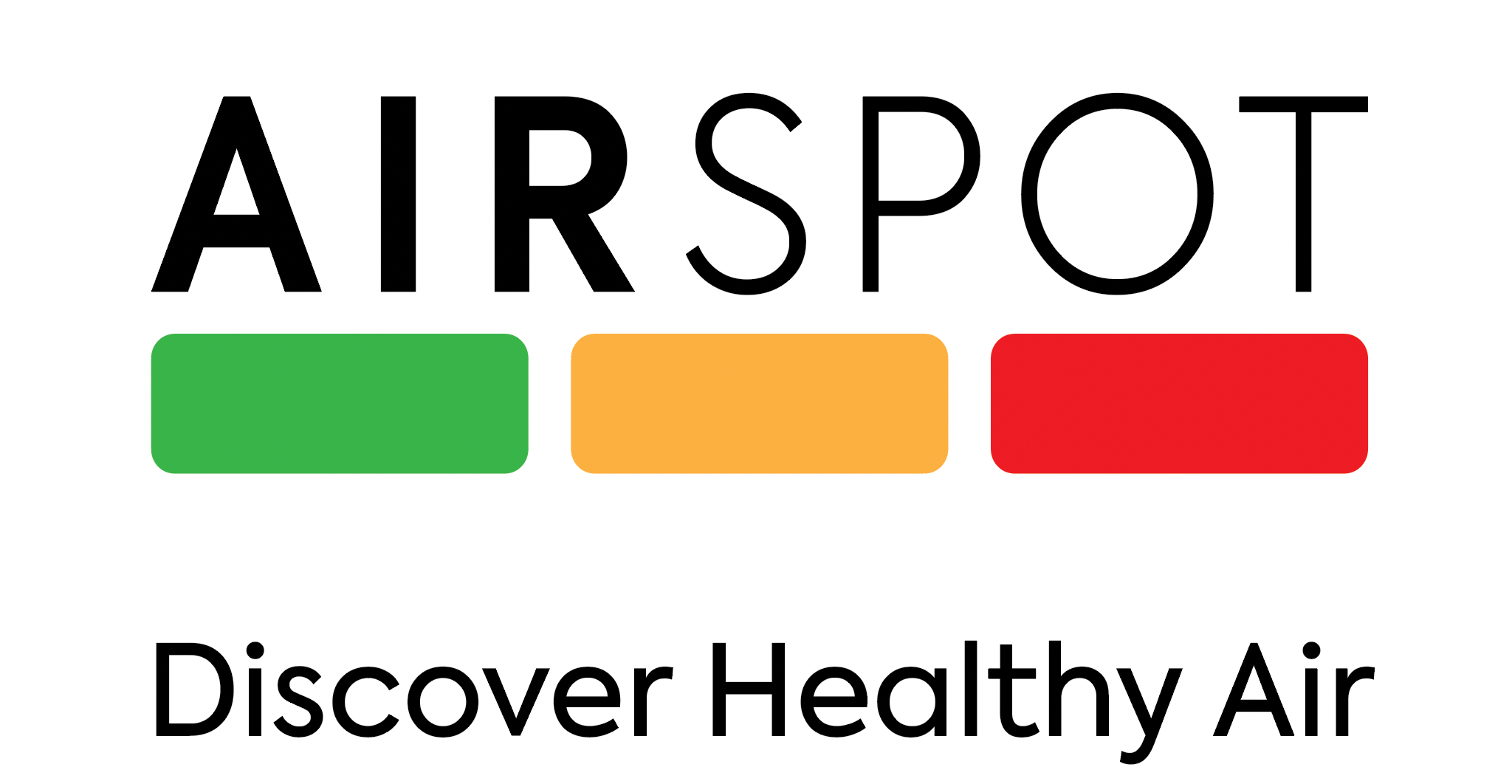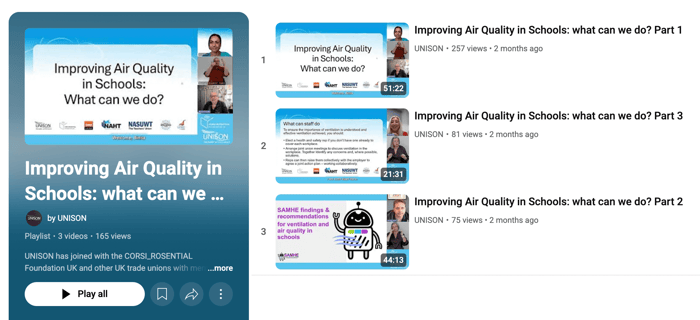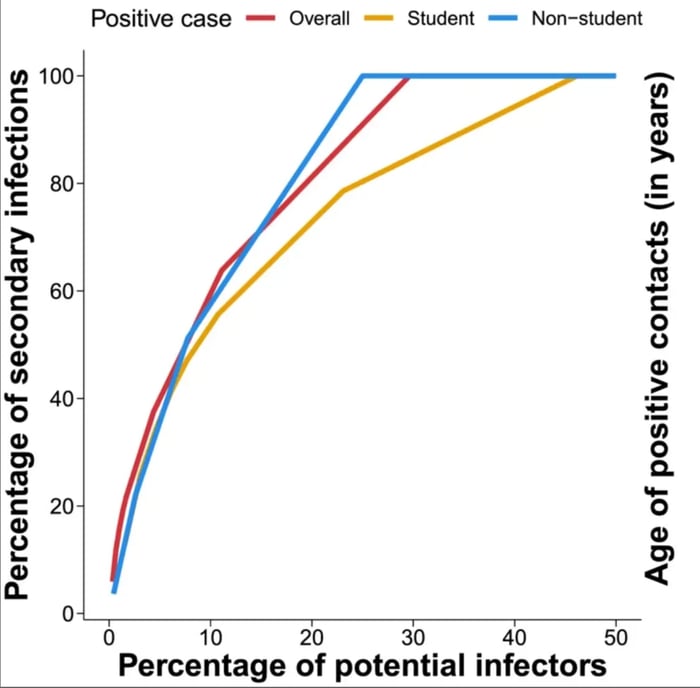Improving Air Quality in Schools (ImpAQS): a longitudinal study of ventilation and indoor air quality in Austrian classrooms – final report
Analytical infection risk modelling of the SARS-CoV-2 virus showed that classrooms with lower annual mean CO2 rates (and correspondingly higher airflow rates) have a much lower year-around infection risk.
The results showed that increasing the ventilation rate from 7.4 l/(s·person), the annual mean of daily ventilation rates in the sample, to 14 l/(s·person) could reduce the risk of at least one person in a classroom being infected during the school day by approximately 30%.
That risk could be furtherr educed by about 45% using higher ‘health-based’ ventilation rates (such as those advocated byASHRAE Standard: 241) with a minimum equivalent airflow rate of 20 l/(s·person), wherein a component of that airflow can also be sourced from recirculating air cleaned by HEPA filters.
These calculations assume one infected person in a classroom of 25 people, a worst-case scenario that would only occur under certain conditions, such as during a peak of a COVID-19 wave. As such, these estimates represent potential risks rather than daily in-situ probabilities. Pearson correlation analysis revealed a moderate association between infection risk and absenteeism (0.554) across the school year. This finding may have been influenced by the reduced absenteeism dataset (wherein only 40%of schools submitted information) and by the fact that only associations with SARS-CoV-2 were investigated, but not other circulating airborne viruses.
The use of visible CO2 monitors and ventilation guidance made a significant difference to the ventilation practices in naturally ventilated classrooms compared to similar classrooms without any visible information.
In January, a quarter of naturally ventilated classes with visible CO2 monitors reported CO2 concentrations that were 500 ppm lower than the corresponding classrooms without visible monitors. This finding demonstrates the value of using CO2 sensors (with visual alerting systems), particularly during the colder months, in naturally ventilated classrooms.
Generally, the installation of CO2 monitors was perceived very positively by the majority of classroom teachers and school directors.
An increase in the number of classroom CO2 champions (students alerting teachers to ventilate on a regular basis) was seen over the project duration. It should be noted that no additional training was provided to the participating classes in relation to the correct use of the CO2 sensor or ventilation strategies. Therefore, it is anticipated that with appropriate training, the full benefit of students and teachers engaging in the ventilation process is likely to be much greater than demonstrated in the outcomes of this study.
The findings of the ImpAQS study have national and European significance in raising awareness of the urgent need to improve ventilation and air quality in schools. The results provide actionable information that should be used to improve learning outcomes, health and well-being of school students and staff across Austria.
Compliance with existing guidelines and standards should be seen as the first step towards a future where ‘health-based’ ventilation practices become the norm. To avoid further inequities in existing ventilation practices, the authors believe that responsibility for this transition cannot be delegated to individual schools but must be part of a nationally coordinated process.
See: https://openlib.tugraz.at/download.php?id=6836e0d87f976&location=browse




